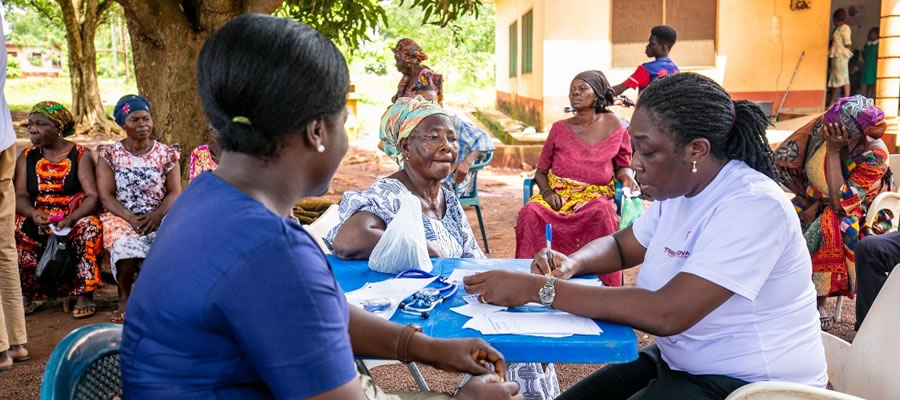

EDUCATIONAL SECTOR
Education
Education is essential in providing people with the basic knowledge and needed skills to improve their quality of life. There are 37 Pre-Schools in the District made of 31 public and 6 private schools. There are also 35 primary schools consisting of 30 public and 5 private schools. The District has 30 Junior High Schools, 27 public and 3 privates as depicted in the figure below. Compared with the current population, the Akatsi North District has somewhat adequate number of basic schools. The District has one (1) Senior High and one Vocational and technical school.


The pre-school population of the District as at 2021 represents almost 20 percent of the District population signifying the need for massive child protection programmes and nutrition. Also, the nature of the kindergarten enrolment over the period indicates the need to construct additional classroom or rehabilitate existing ones.
Primary education has witnessed an increasing trend over the period with about 6% from 2019/2020 academic year and 2020/2021 academic year. This implies the need for additional classroom blocks at the primary level.

On the other, the successful implementation of the Free SHS policy of the government has proved to a mechanism to accelerate secondary cycle enrolment rate. From the table, there has been a significant annual increase in enrolment of from 2017/2018 academic year to 2020/2021 academic year.
Summary of challenges/gaps in the Education Services delivery
- Performance at both BECE and WASSCE Examinations especially at BECE is abysmal
- Poor supervision of teachers due to lack of logistics for circuit supervisors
- Inadequate teaching and learning materials
- Inadequate logistics at GES to ensure effective monitoring of service delivery
- Low enrolment at community schools
- Inadequate Computer Laboratories
- Inadequate supply of water and sanitation facilities
Date Created : 12/8/2025 5:25:47 AM













 facebook
facebook
 twitter
twitter
 Youtube
Youtube
 +233 593 831 280
+233 593 831 280 0800 430 430
0800 430 430 GPS: GE-231-4383
GPS: GE-231-4383 info@ghanadistricts.com
info@ghanadistricts.com Box GP1044, Accra, Ghana
Box GP1044, Accra, Ghana